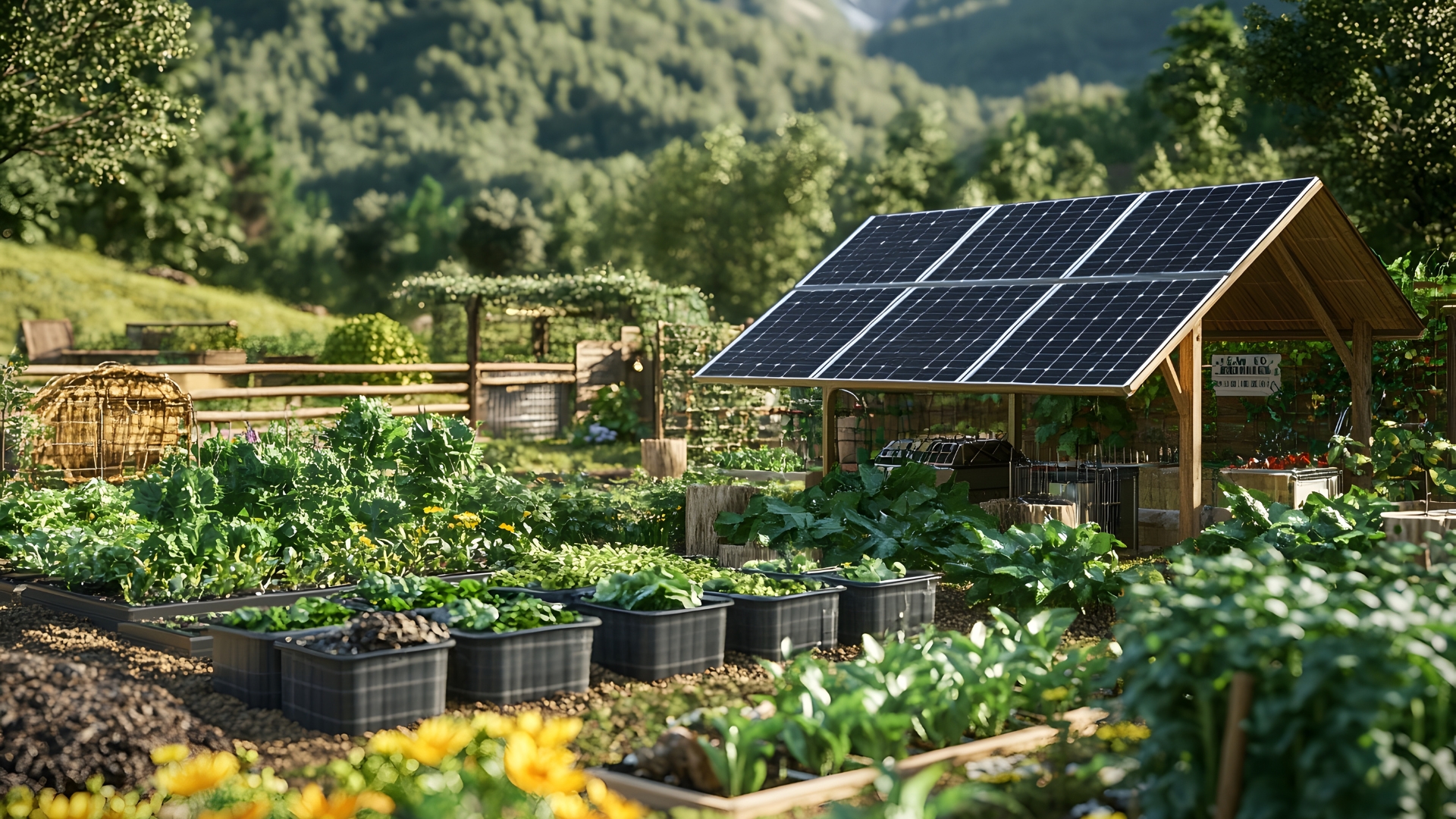Sustainable technology is constructing and employing technology that benefits individuals and the environment. It examines environmental impacts, social impacts, and economic impacts. It is geared towards reducing wastage, conserving energy, and preserving resources. Moreover, it generates the present value without damaging the future.
Research indicates large savings in cleaner energy, greener data centers, and more circular design. The scholars in international conferences indicate the fast rate of renewables and efficiency. Analysts raise the alarm about the increasing e-waste and the declining recycling rates. The Scope 13 tracking and lifecycle assessments are among the must-have tools that have been mentioned by scholars. Arguments are that there are reduced costs, enhanced brands, and enhanced resilience.
Ready to act today? Begin with small victories: right repair, reuse, and recycle. Choose durable products. Cut power use at home and work. Select suppliers who have sustainability objectives. Then scale: quantify emissions, redesign packaging, and move to green cloud. Your choices move markets. Your steps shape 2025.
What Is Sustainable Technology?
First, let’s define the term. Any innovation that considers its full impact is what can be termed as sustainable technology. This encompasses the environmental factors. It also takes social and economic impacts into account. Imagine it as technology that returns more than it takes. It aims at satisfying contemporary demands. This is done without depriving future generations. According to experts in the industry, IBM defines it as technology that brings into consideration this entire picture. Not only is it about being green. It is about being smart. It is the creation of long-term value for all.
The importance of sustainable technology.
At this point, assume the significance of this change. Our planet has limits. We are struggling with issues in our society. Our economy needs stability. Sustainable technology deals with all three domains. Technology can be very resource-intensive, but environmentally wise. It is capable of generating a lot of waste. Sustainable technology seeks to minimise this impact. It lowers pollution. It conserves water. Also, it minimizes energy use.
Technology can bring about division socially. It can also build bridges. The sustainable solutions foster fairness. They embrace healthy communities. They check for a good working environment. Therefore, they provide essential services to more individuals.
Short-term thinking has long-term costs on the economic front. Resilience is achieved through sustainable practices. Companies are able to reduce the rates of operation. They can appeal to new customers. They create new markets. This strategy creates a more sound and stable international economy.
The Principal Pillars of Sustainability.
The key points of focus will be discussed next. Sustainable technology is based on four pillars. All of them allow bringing significant changes.
Renewable Energy
The most famous pillar is this one. It entails the abandonment of fossil fuels. The solar panels convert sunlight to electricity. Wind turbines utilize air power. The technologies generate clean energy. They minimize greenhouse gas emissions. They play a critical role in making our world responsible.
Sustainable Materials
This pillar deals with the content of our products. It is concerned with the usage of recycled material. It identifies new biodegradable materials. Also, it minimizes the use of plastics. Its objective is to produce long-lasting products. We can then reuse or recycle them after the end of their life.
Green Data and IT
Our digital lives are driven by data centers. They consume huge quantities of power. Green IT strives to ensure they are more efficient. This entails improved cooling systems. It entails the maximization of the use of servers. It also involves coming up with software that consumes less processing power. Each email communication has low carbon emissions. Green IT tries to shrink it.
Circular Design
This is a powerful concept. It entails waste-free product design. A product is made. A product is used. Then its elements are recycled into a new product. It conserves resources. It minimizes the landfill strains.

Sustainable Technologies in Practice.
Let us consider real-life examples. The concepts apply to organisations and individuals.
Sustainability is a strategic move for businesses. LED lighting reduces electricity expenses. Fuel saving is achieved by optimizing delivery routes. Repair services generate loyalty to customers. Firms can produce cloud providers who utilize renewable energy. They will be able to create less materialistic packaging.
Small changes can be summed up for the consumer. Select low-power consumption appliances. Fix your appliances rather than buying new ones. Sustainable support companies. One easy thing to do is to recycle old equipment properly. That ensures that dangerous materials do not go to landfills.
The Growing E-Waste Problem
Then, we must face a hard truth. We have a huge stream of waste because of our passion to possess new gadgets. This is called e-waste. It has used phones, computers, and televisions.
The numbers are concerning. In 2022, the production of e-waste reached a record of 62 million metric tons. That figure has grown 82% since 2010. According to the estimates made by the experts of the United Nations Institute for Training and Research (UNITAR), it will achieve 82 million tons in 2030.
To make it even worse, we are not doing as good with recycling. The e-waste recycling rate in the world will decrease to only 20 percent by 2030, down from 22.3 percent in 2022. The direct solution to this challenge involves better design and recycling that can be provided by sustainable technology.
Innovations in Future 2025
New technologies are even more promising in the future. According to the World Economic Forum, there are a few important innovations in 2025. One of the exciting fields is the small modular reactors (SMRs). These are the new generation of nuclear sources of power. They are smaller. Therefore, they are potentially safer. This makes them more scalable and cheaper as compared to traditional nuclear plants. SMRs have the potential to give a stable supply of clean energy.
Next-generation cooling systems are another innovation. Refrigeration and air conditioning waste a lot of power. They can cool our buildings and food far better. This would significantly lower the world’s demand for electricity.
How We Measure Progress
To improve, we must measure. A number of frameworks assist organizations in monitoring their effects.
The GHG Protocol Scopes 1, 2, and 3 are greenhouse gas emissions measurement standards.
- Scope 1 entails direct emissions owned by the company.
- Scope 2 includes the indirect emissions of electricity, which are bought.
- The scope 3 comprises all the other indirect emissions in a company’s value chain.
Lifecycle assessments (LCAs) determine how an item is related to the environment between its production and disposal. These tools allow one to make intelligent, sustainable decisions.
Simple Steps to Get Started
You can take action today. Individuals can start small. Investigate brands before purchase. Put a higher priority on long-lasting products. Properly recycle your used electronics. Use less energy at home. A basic energy audit can be undertaken by businesses. They will be able to pinpoint areas of waste. They can make achievable reduction objectives. Therefore, they can consult the employees in the endeavor. The initial step is usually the crucial one.
Risks and Limitations
Of course, challenges remain. New technologies are initially rather costly. Change can be slow. There are possible sustainable materials that will not perform as well as the traditional ones. False sustainability claims presented by companies in the process of greenwashing can be deceptive to the consumer. We must be realistic. Progress requires patience. It involves making further investments.
Conclusion
Sustainable technology is not sacrifice-based. It is not the time to go back to the simpler days. It is about imagination. Therefore, it is concerning the utilization of human ingenuity in order to address our greatest issues. The idea is not simply to make our planet sustainable. The real objective is to make the world more innovative, fair, and fruitful for everyone. It is technology that has kept up with our values.

